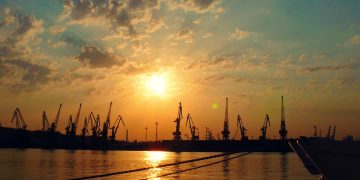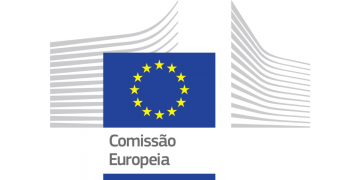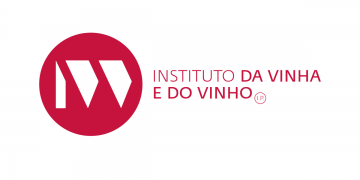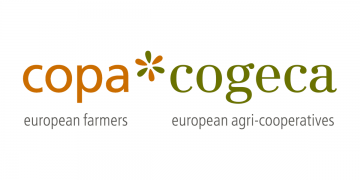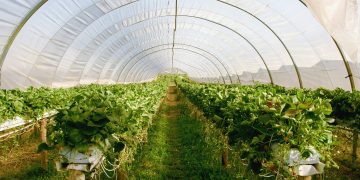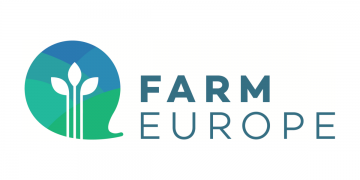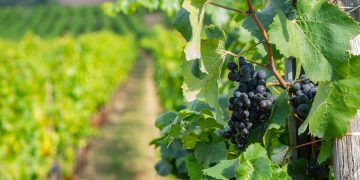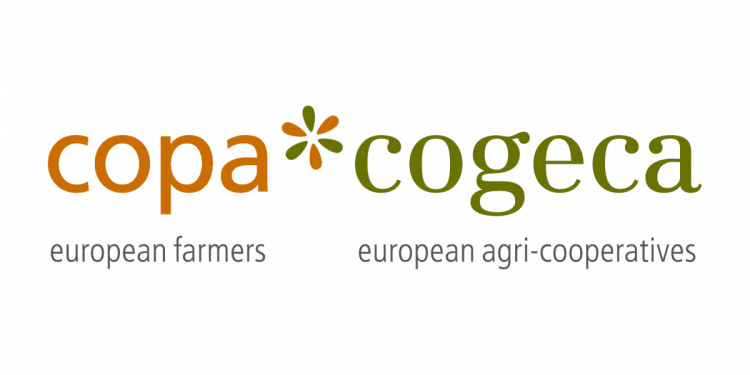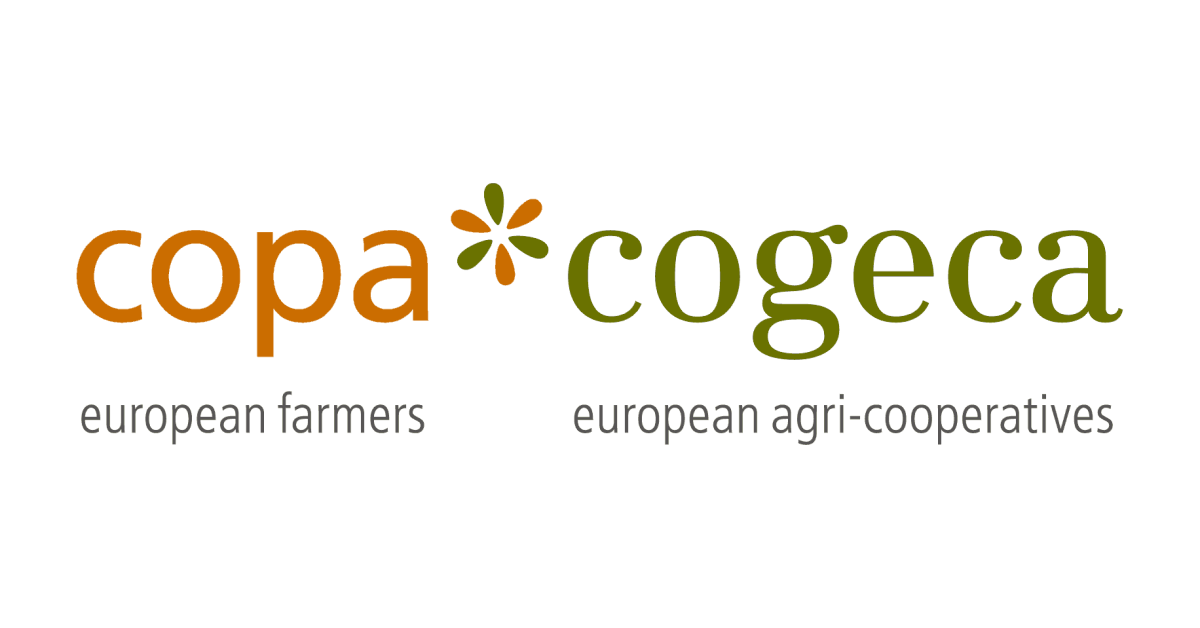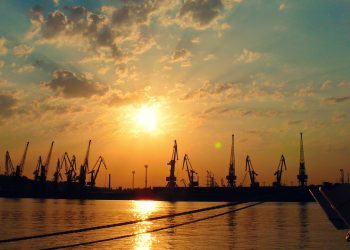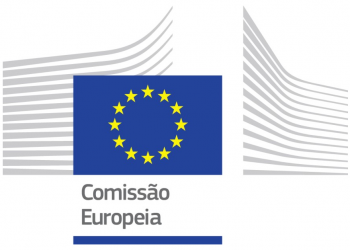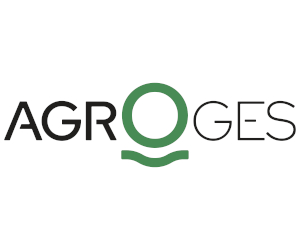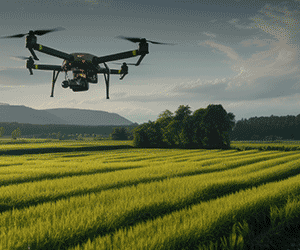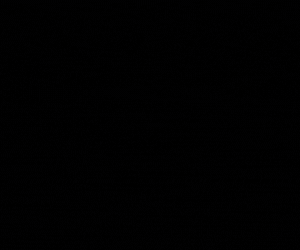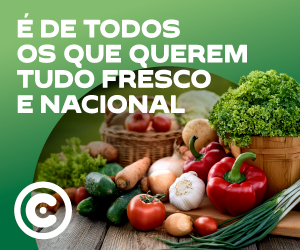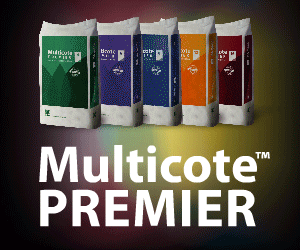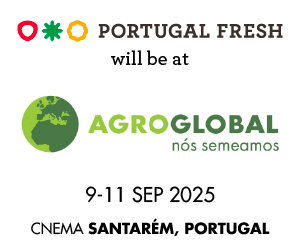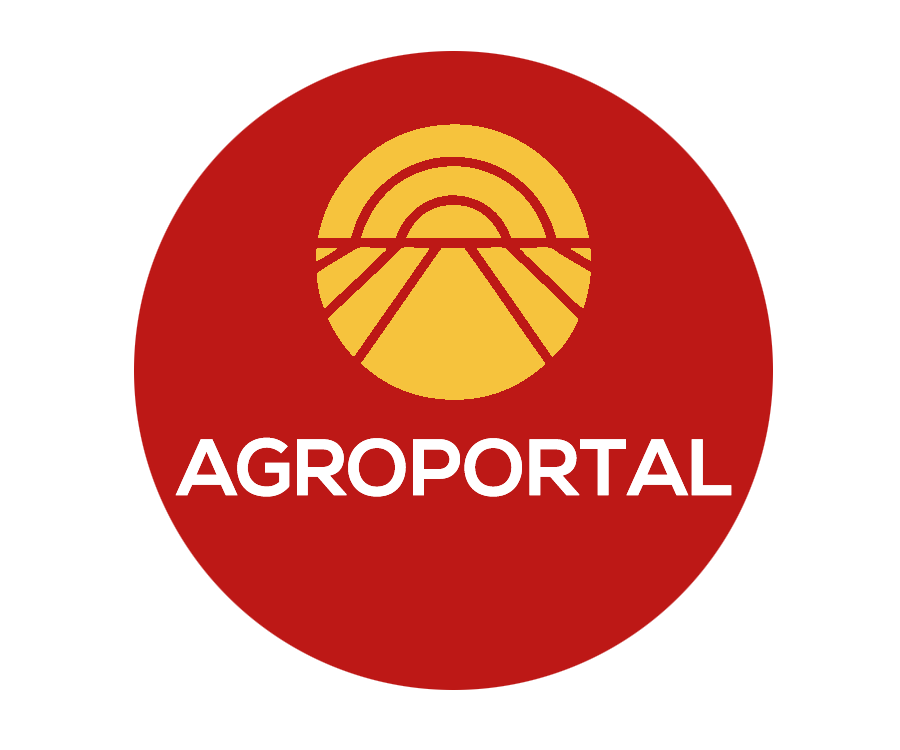The European wine sector is reporting an estimated 145.5 million hectolitres (Mhl) of wine production for 2025, representing a 1% increase compared to the previous year. Although volumes are recovering, they remain 7.5% below the five-year average. Overall, production is showing signs of improvement; however, a long-term downward trend persists, the gap between the 2025 and 2018 harvests still exceeds 40 million hectolitres. Vineyards across Europe continue to face a combination of challenges that hinder the sector’s full recovery.
The three largest wine producers in the EU, which together account for four-fifths of total volumes, have cut their combined output by 1.5% compared with the 2024 harvest. Italy remains the EU’s largest producer with an estimated 47 million hectolitres (Mhl), while France narrowly holds second place at around 37 Mhl, and Spain falls to third with approximately 31.5 Mhl.
Among the major producers, Spain, Germany, and Portugal all saw declines, with production down 15%, 8%, and 11% respectively compared to last year. In contrast, Italy expects an 8% increase, and France also records a modest rise of about 2.3%, although its output remains 12% below the five-year average.
Vineyards have witnessed large weather anomalies and severe adverse events in 2025. Heatwaves, droughts and floods hindered the ability of the sector to get back to anywhere close to pre-2020 levels. Late August wildfires in southern France destroyed more than a thousand hectares of vineyards, potentially indirectly impacting up to sixteen thousand.
Although wine supply remains low, demand-side pressures are limiting any significant increase in production. The largest market for European wines, the USA, has repeatedly imposed tariffs on EU goods, including wine, driving exports. This new American policy has kept both volumes and prices low, eroding profit margins of EU producers. These trade barriers come in a period in which global instability has already been disrupting worldwide commercial flows.

In general, demand remains weak. Economic fears such as inflation and uncertainties in the job market keep expenditure at bay, while a substantive change in preferences has been occurring in domestic markets. These factors do not allow demand to compensate the reduced volumes of production.
Luca Rigotti, president of the Copa-Cogeca’s working party on wine, commented, “The 2025 harvest highlights just how challenging conditions remain. Our vineyards often face circumstances that are far from ideal. Yet, in many cases, producers have managed to reverse the recent downward trend. Across Europe, winegrowers are delivering exceptional quality, demonstrating remarkable dedication and resilience in the face of numerous challenges.”
*Austria, Belgium, Bulgaria, Croatia, Cyprus, Czech Republic, Denmark, France, Germany, Greece, Hungary, Ireland, Italy, Lithuania, Luxemburg, Malta, Netherlands, Poland, Portugal, Romania, Slovakia, Slovenia, Spain, Sweden
Source: Aggregated data from internal survey, OIV, Eurostat, national ministries, European Commission
Fonte: Copa Cogeca


